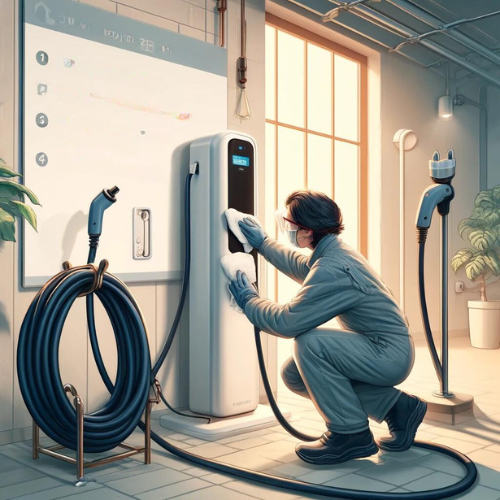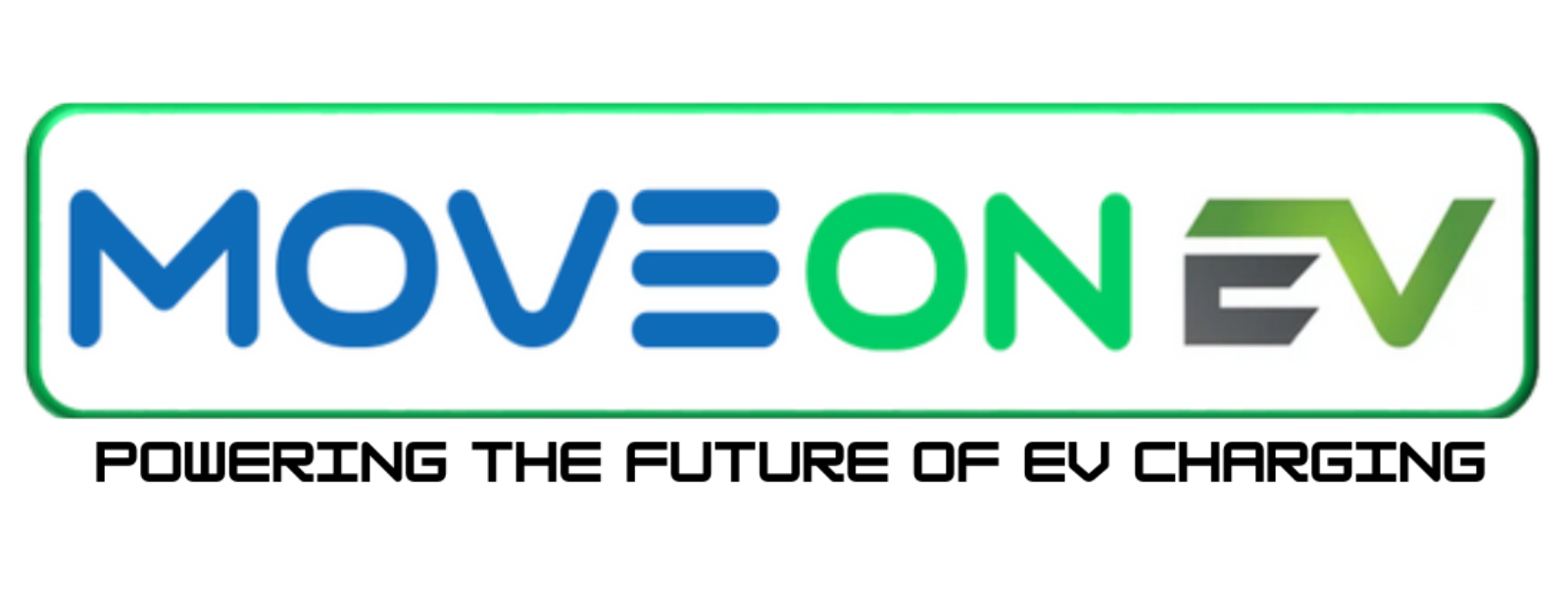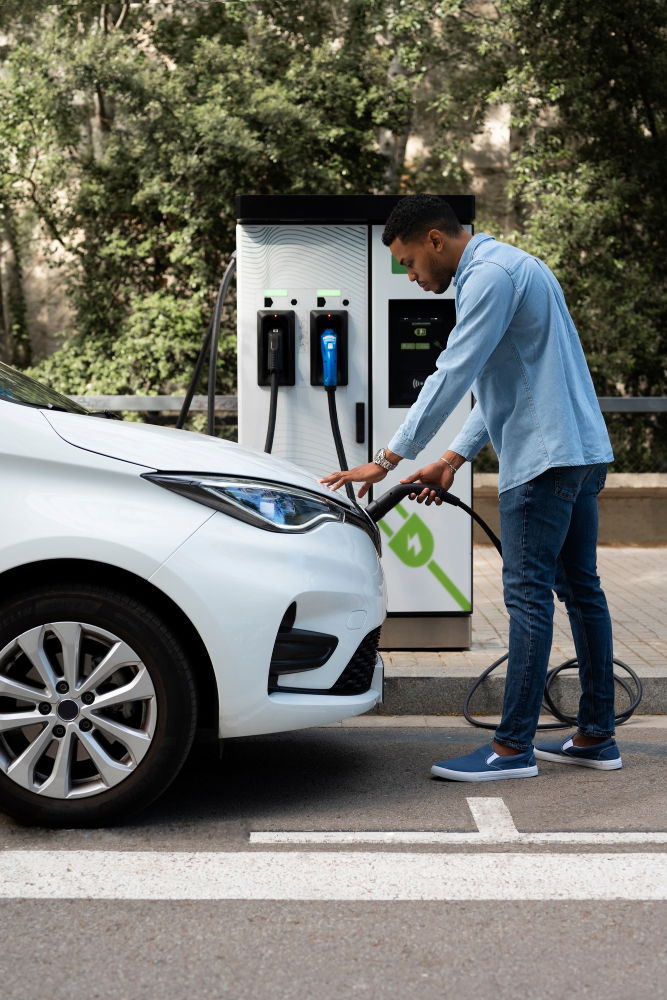
How to Take Care of Your EV Charger: A Comprehensive Guide
Introduction
In the rapidly evolving world of electric vehicles (EVs), the charger plays a critical role in ensuring your vehicle is powered up and ready to go. Just like the EV itself, the charger needs regular maintenance to perform its best. This guide will walk you through the essential steps and best practices for taking care of your EV charger.
Understanding Your EV Charger
Before diving into maintenance tips, it's crucial to understand the types of EV chargers available:
- Level 1 Chargers: These plug into a standard household outlet, offering a slow but convenient charging option.
- Level 2 Chargers: Require a 240V outlet and charge your EV much faster than Level 1 chargers.
- DC Fast Chargers: The quickest charging option, used primarily in commercial settings.
Regular Inspection and Maintenance
- Visual Inspection: Regularly inspect your charger for any signs of wear and tear, such as frayed cables or a loose connection.
- Cleaning: Keep the charger clean from dust and debris. Use a dry cloth to wipe down the exterior and avoid using harsh chemicals.
- Cable Management: Avoid kinking or tightly coiling the cable to prevent damage. Use a cable organizer or holder to keep it neatly arranged.
Safety First
- Electrical Safety: Always ensure your hands are dry before handling the charger, and if you notice any electrical issues, contact a professional immediately.
- Weather Considerations: If your charger is outdoors, ensure it’s rated for outdoor use. Protect it from extreme weather conditions by using a cover if necessary.
Software Updates
For smart chargers, firmware and software updates can improve functionality and introduce new features:
- Stay Updated: Regularly check for updates from the manufacturer to keep your charger operating efficiently.
Professional Servicing
- Annual Check-ups: Consider having your charger professionally inspected annually, especially if you notice any performance issues.
Troubleshooting Common Issues
- Power Fluctuations: If the charger frequently stops and starts, it may be due to power issues in your home or the need for a dedicated circuit.
- Connectivity Issues: For smart chargers, Wi-Fi connectivity problems can often be resolved by restarting your router or the charger itself.
Conclusion
Taking care of your EV charger is just as important as taking care of your EV. By following these simple maintenance tips, you can ensure your charger remains in top condition, providing your electric vehicle with efficient and reliable charging for years to come.
FAQ
Q: How often should I inspect my EV charger? A: A visual inspection once a month and a professional check-up annually should suffice.
Q: Can I use my EV charger in the rain? A: Yes, if it's rated for outdoor use. However, always exercise caution and ensure all safety measures are in place.


